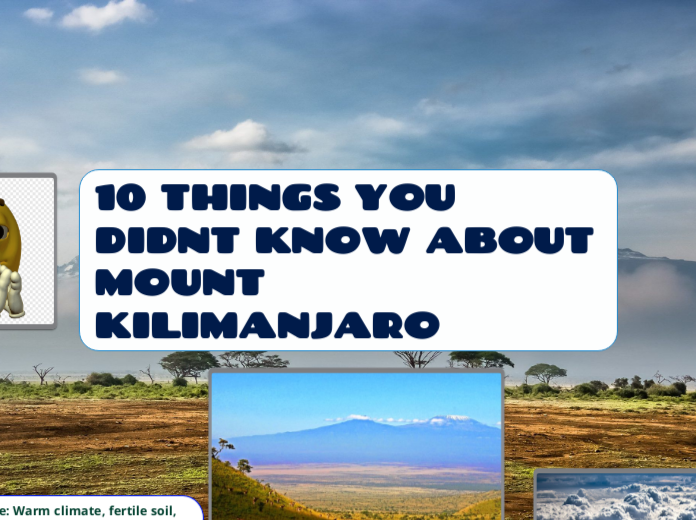por jacquelinne toledo 2 anos atrás
220
10 THINGS YOU DIDNT KNOW ABOUT MOUNT KILIMANJARO

por jacquelinne toledo 2 anos atrás
220

Mais informações